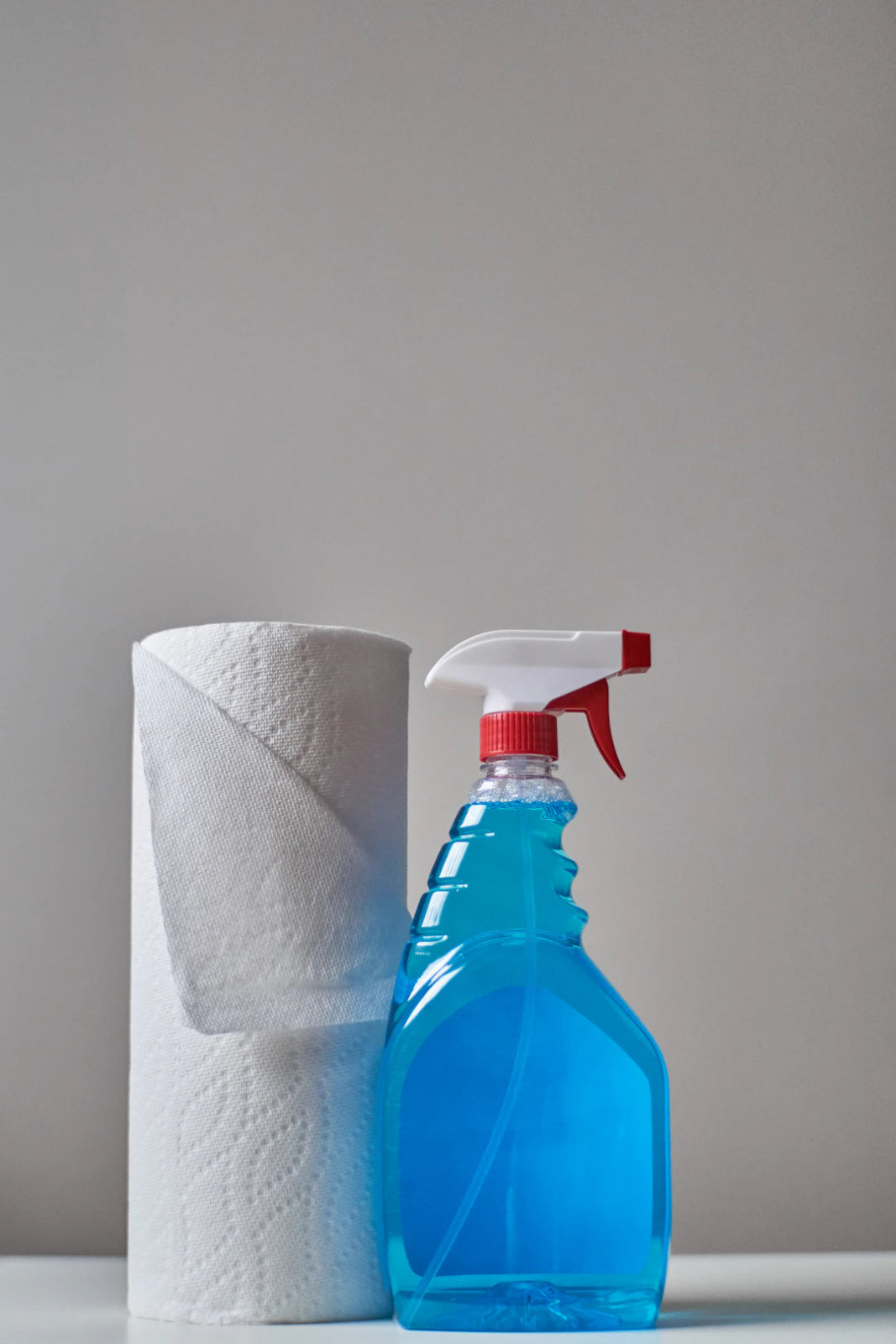Frequently Asked Questions
1. What are common allergens that affect individuals during spring?
2. How can a cleaning schedule help manage allergies?
3. What cleaning methods are recommended for allergy sufferers?
4. What are hypoallergenic cleaning products?
5. How can I create an allergy-friendly home environment?
For many, the arrival of spring brings a sense of renewal and excitement. However, for allergy sufferers, it can also invoke dread and discomfort. Managing allergies often requires a combination of lifestyle changes and thorough cleaning routines. A clean environment can significantly reduce allergens like dust, pollen, and pet dander. This article explores effective cleaning tips tailored specifically for those dealing with allergies, ensuring a healthier living space.
Understanding Allergens
Before diving into cleaning tips, it's vital to understand what allergens are. Allergens are substances that can provoke an allergic reaction in individuals sensitive to them. Common allergens include:
- Pollen: Released by trees, grass, and weeds, especially during spring and fall.
- Dust Mites: Tiny creatures that thrive in household dust and can be found in bedding, upholstery, and carpets.
- Mold Spores: Fungi that grow in damp areas and can release spores into the air.
- Pet Dander: Tiny flakes of skin shed by cats, dogs, and other furry pets.
Develop a Cleaning Schedule
Consistency is vital when it comes to managing allergies. Creating an organized cleaning schedule can help keep allergens at bay. Here are some key tips for structuring your schedule:
Daily Tasks
- Dusting: Use a damp cloth to wipe surfaces daily, which helps trap dust instead of spreading it.
- Vacuuming: Vacuum high-traffic areas with a vacuum that features a HEPA filter to capture even the smallest particles.
- Air Filters: Change or clean air filters in your HVAC system regularly to maintain optimal airflow and minimize allergens.
Weekly Tasks
- Deep Clean Floors: Mop hard floors and deep clean carpets or rugs to remove deep-seated dust and allergens.
- Bedding Care: Wash all bedding in hot water, including pillow covers and comforters.
- Pet Hygiene: Bathe pets regularly to reduce dander accumulation.
Monthly Tasks
- Clean Behind Furniture: Move furniture and vacuum or dust behind them monthly to prevent buildup of dust and allergens.
- Inspect and Clean Air Vents: Ensure that air vents are clean and not obstructed to improve indoor air quality.
Effective Cleaning Techniques
When cleaning, utilizing effective techniques can result in a better outcome. Consider the following methods to enhance your cleaning processes:
Wet Cleaning Methods
Dry dusting or sweeping can often stir up allergens, making them airborne. Using wet cleaning methods, such as damp cloths or mops, helps to keep dust contained. This approach is particularly useful for:
- Surfaces: Wipe down countertops, tables, and other surfaces using a damp microfiber cloth.
- Floors: Utilize a damp mop for hard floors instead of dry sweeping.
Utilizing Air Purifiers
Investing in high-efficiency air purifiers can significantly improve indoor air quality. Here’s how they work:
- HEPA Filters: These capture up to 99.97% of particles, including allergens, making them essential for allergy management.
- Placement: Position air purifiers in rooms where you spend the most time, like the bedroom or living area.
Targeting Common Allergens
Different allergens require different cleaning approaches. Understanding how to effectively target each one is essential for creating an allergy-friendly environment.
Dust Mites
Dust mites thrive in warm, humid environments. To combat dust mites:
- Wash bedding weekly in hot water (at least 130°F).
- Encapsulate mattresses and pillows in allergen-proof covers.
- Reduce humidity levels with dehumidifiers or air conditioning.
Mold Spores
Mold tends to thrive in damp locations. Prevent its growth by:
- Regularly checking for damp areas and leaks in homes.
- Ensuring adequate ventilation in bathrooms and kitchens.
- Cleaning any visible mold with a mixture of water and vinegar, or a mold-specific cleaner.
Pet Dander
For pet owners, managing dander is crucial. To keep it under control:
- Groom pets frequently to minimize shedding.
- Designate pet-free areas in your home, especially bedrooms.
- Use air purifiers known to filter pet dander effectively.
Choosing the Right Cleaning Supplies
Your choice of cleaning products can make a big difference in managing allergens. Here’s how to select the right supplies:
Hypoallergenic Products
Opt for hypoallergenic cleaning products to reduce the likelihood of triggering allergies. These products are formulated to minimize irritants and allergens. Look for:
- Natural cleaning solutions that do not contain harsh chemicals.
- Eco-friendly alternatives that are often less irritating.
Fragrance-Free Options
Fragrances can often provoke allergic reactions. Thus, selecting fragrance-free options for both cleaning products and laundry detergents can help maintain a safe environment. When cleaning, ensure:
- To test any new product in a small area before full application.
- To ventilate your spaces adequately during and after cleaning.
Maintaining a Healthy Home Environment
Aside from cleaning, implementing measures to maintain a healthy home environment is essential for allergy sufferers. Here are some strategies to incorporate:
Minimize Clutter
Clutter tends to collect dust and allergens. By decluttering your spaces, you can:
- Make cleaning easier and more efficient.
- Reduce hiding spots for allergens.
Utilize Doormats
Installing doormats at all entrances can significantly cut down the amount of pollen, dirt, and debris that enter your home. Consider:
- Regularly cleaning doormats to ensure effectiveness.
- Encouraging guests to remove shoes before coming inside to further reduce allergens.
Improve Ventilation
Good ventilation reduces indoor moisture, which is crucial for preventing mold. Enhance ventilation by:
- Opening windows whenever possible to allow fresh air circulation.
- Utilizing exhaust fans in kitchen and bathroom areas to expel excess moisture.
Creating an Allergy-Friendly Oasis
Living with allergies doesn’t mean you have to sacrifice comfort and style in your home. By implementing these cleaning tips and creating an allergy-friendly space, you can enjoy a healthier living environment. Remember, consistency is key, so stick to your cleaning schedule and adapt your methods as necessary. With dedication and the right strategies in place, you can breathe easier and make your home a safe haven—your personal allergy-friendly oasis.
Take a moment to explore another user's Shopify or Wix store. Visit their store through this link. Please be aware that this is a promotional link, and we cannot be held responsible for the content of the linked store.


Share:
The Ultimate Guide to Spring Cleaning: Refresh Your Space
Effortless Stain Removal for Carpets and Upholstery